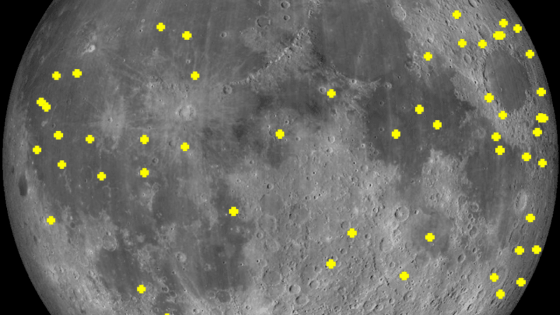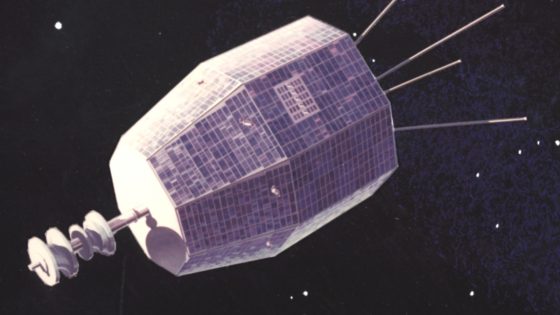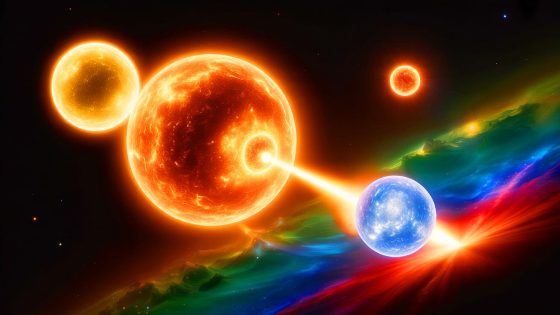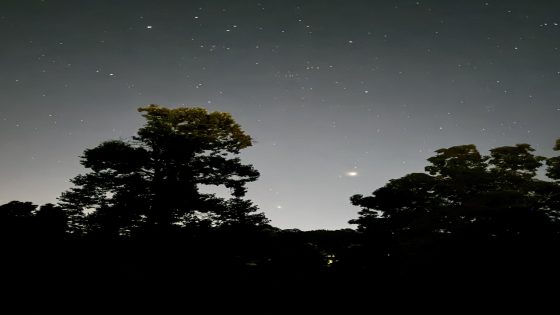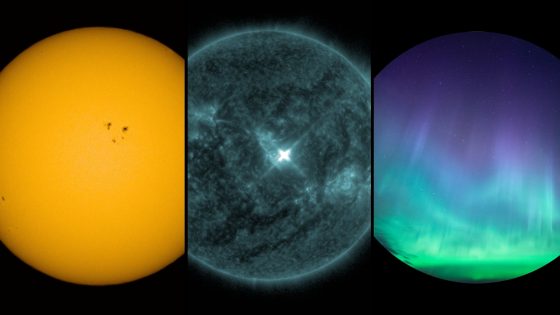Strange flashes of light on the Moon have intrigued observers for centuries. Known as transient lunar phenomena (TLP), these mysterious bursts have sparked scientific interest, especially since 2025-07-17 20:11:00, when new data emerged.
- Strange light flashes observed on the Moon
- Historical accounts date back to 1178 CE
- Transient lunar phenomena (TLP) defined by Patrick Moore
- Modern estimates suggest frequent lunar flashes
- Meteorite impacts are primary cause of TLPs
- Some sightings remain unexplained scientific mysteries
Initially dismissed as optical illusions, reports of TLP date back to the 17th century, with even earlier accounts like Gervase of Canterbury’s vivid description in 1178 CE. Recent studies suggest these phenomena might be more common than previously thought, with estimates indicating up to eight flashes per hour across the lunar surface.
Why do these lunar flashes continue to baffle scientists? While meteorite impacts are the leading explanation, they don’t account for all sightings. This raises intriguing questions about potential geological activity or other unexplained phenomena. Consider these points:
- Modern estimates suggest up to 12.6 meteoroids impact the Moon per hour during peak streams.
- Some TLP reports remain unexplained, hinting at possible geological processes.
- ESA’s NELIOTA project confirmed 113 flashes, enhancing our understanding of lunar impacts.
As researchers continue to investigate these lunar mysteries, advancements in technology and observational techniques may soon provide clearer answers. Will we finally unveil the secrets behind these enigmatic flashes?



